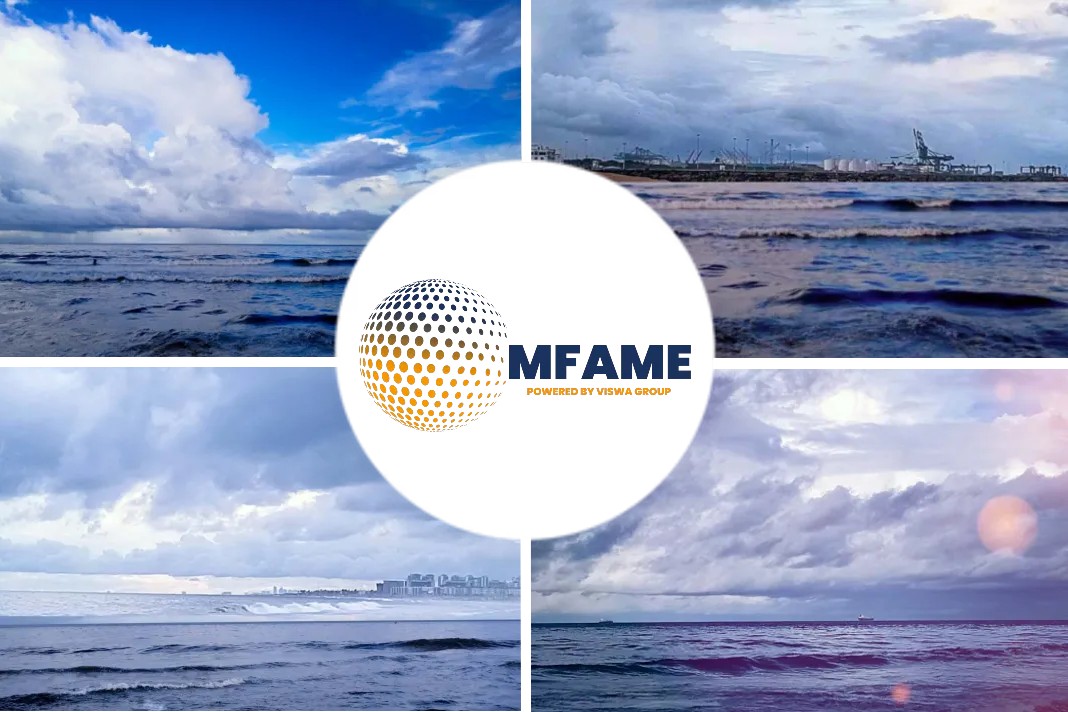According to numerous executives involved in the process, parameters and criteria for providing maritime insurance will alter in the years to come as the shipping industry advances toward decarbonization and as legislation on cutting emissions become required.
Assessing insurance premium
They point out that the Protection and Indemnity, or P&I, is a multibillion-dollar insurance cover, which includes, among others, pollution and crew.
What are under current maritime law, normal carbon emissions, can potentially become unwarranted pollution from next year, he said and added that it will have to be factored in while calculating the premium and paying the claims.
For this purpose, maritime organizations and companies are researching what could be the best fuel mix to reduce emissions without significantly escalating costs.
Research and infrastructure development are currently going on for the adoption of non-fossil fuels in ships.
“While such research is done by other agencies, insurance companies will use it to assess the insurance premium for a ship,” a senior executive with a P&I Club said.
Third-party liabilities
Liabilities, which exceed the individual Club retention, currently set at $10 million are shared between all 13 Clubs in accordance with the terms of a Pooling Agreement.
These can potentially run into several billion dollars.
P&I Clubs provide cover for third-party liabilities such as loss of life, injury and illness of crew, passengers and other persons, cargo loss, shortage or damage, collision and pollution.
So far pollution from any potential oil spill had to be taken into account but once alternative fuels are adopted, any harmful impact they can have on humans and the environment will have to be underwritten in insurance cover, the P&I club executive said.
Since the insurance covers illness of crew during duty onboard, therefore sickness due to inhalation of any fuel will be taken into account while arriving at the premium and assessment of any potential claims, he added.
Multi-tier insurance market
These factors, according to an underwriter for a P&I club, are still a “work in progress,” but in the medium term, the insurance premium will differ depending on the fuel used, adding to the current criteria by which a ship is evaluated based on its classification, compliance with the International Safety Management System, and International Ship & Port Security code.
According to him, underwriters and surveyors who engage in loss prevention will have more work to do.
The grammes of carbon dioxide released per nautical mile and cargo carrying capacity for a ship will be calculated in accordance with the future IMO rules. A carbon intensity indicator, or CII, will rate the ship from A to E.
Ship owners will need to provide evidence that emissions are gradually declining over time.
Executives from maritime insurance companies stated that they will have to use this database when evaluating risk coverage.
Did you subscribe to our daily Newsletter?
It’s Free! Click here to Subscribe
Source: S&P Global






















